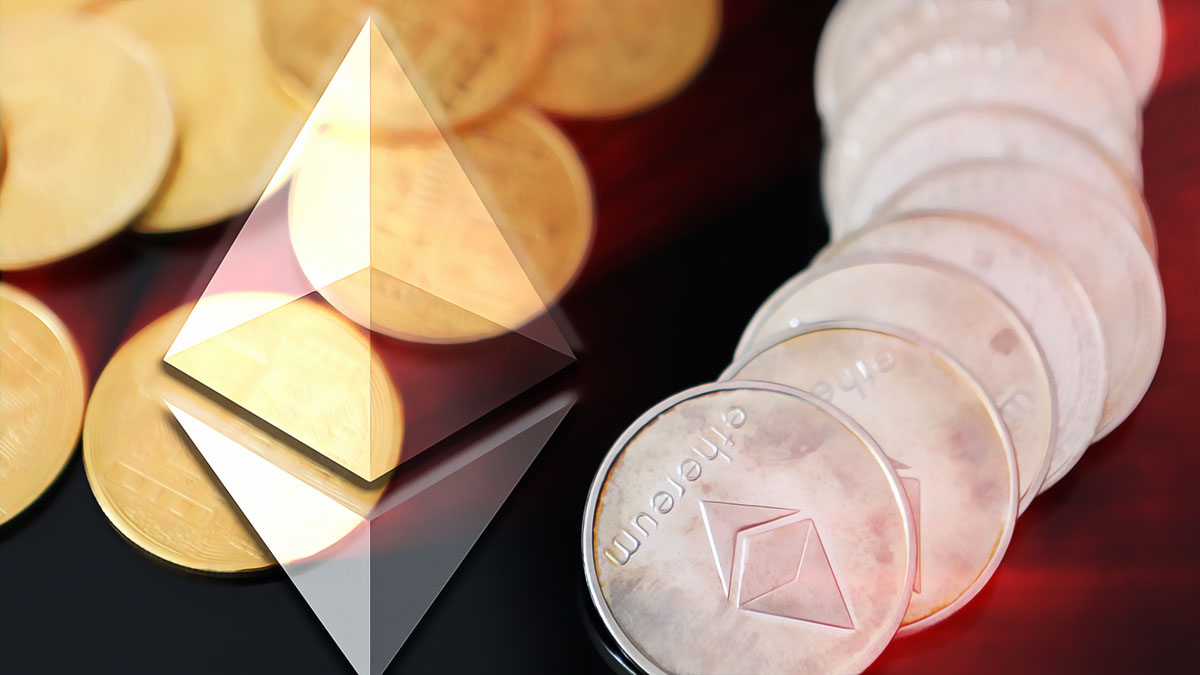The digital currency Ethereum experienced a drop in value which has cast doubts on the likelihood of a rapid recovery to its all-time price highs. After a short-lived price uptick earlier in the week, Ethereum saw a 2.6% decline, posing questions about market optimism. This slip in value comes alongside a decrease in 24-hour trading volume, suggesting a potential dip in investor engagement.
Market Momentum Slows Down
With Ethereum’s trading price now fluctuating near $3,430, a stark contrast to its earlier peak of $4,091, indications of a bearish trend are emerging. The digital asset is now testing a crucial support level at $3,050, which, if broken, could trigger significant liquidation events. The derivatives market has not been immune to this downturn, with open positions reflecting subdued trader activity and possible shifts in market dynamics.
DeFi Indicators Flash Caution
The Total Value Locked (TVL) in Ethereum’s DeFi ecosystem has seen a notable decline from $57.59 billion to $50.63 billion, according to DefiLlama. This reduction in TVL may increase sell-off pressures as investors possibly remove their tokens from staking contracts. Despite a recent rally to $3,640, Ethereum’s price quickly corrected due to insufficient momentum, casting doubt on its immediate potential for further gains.
The cryptocurrency faces a critical juncture, with the 38.2% Fibonacci level providing some support. Should it hold, a rebound is anticipated. Nevertheless, the Moving Average Convergence Divergence (MACD) indicator hints at a pullback towards the neutral territory, signaling a chance for investors to lean towards short positions. The market awaits signs of a stronger recovery or further decline as Ethereum grapples with these pivotal price levels.












